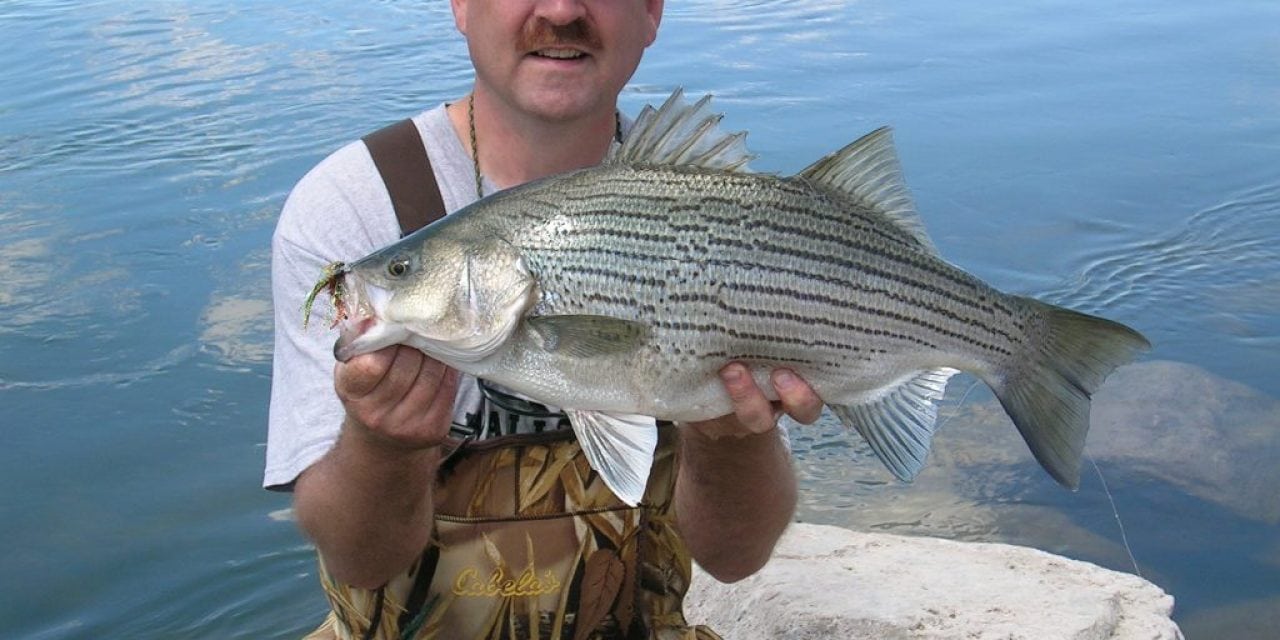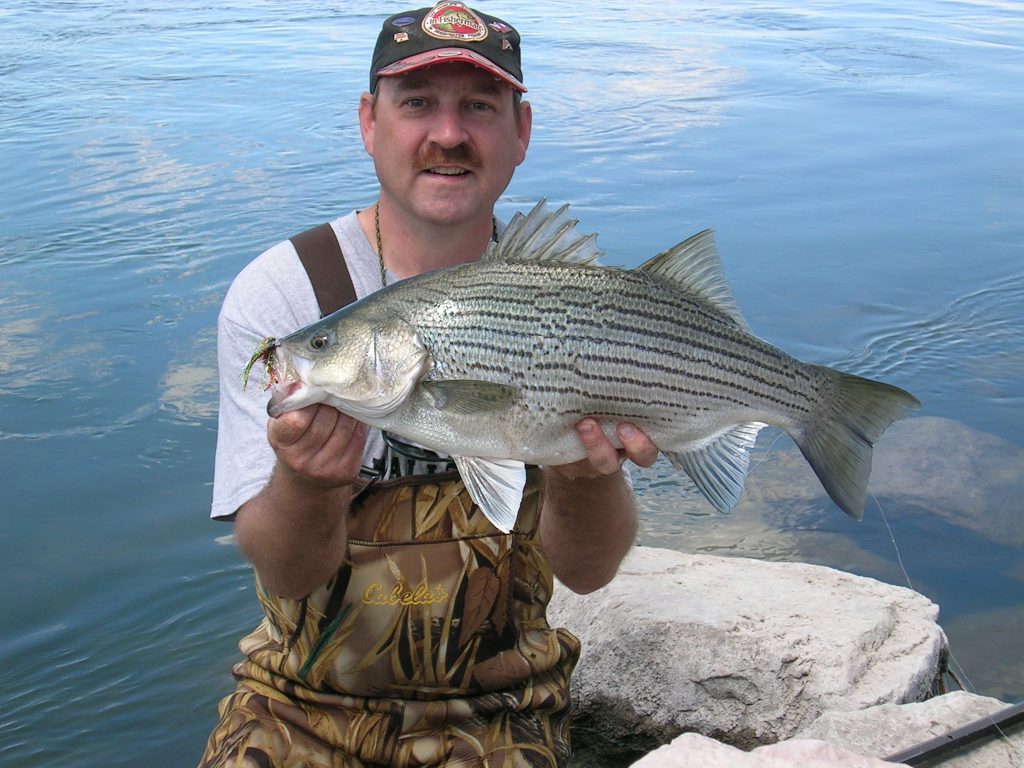I have often said that a person can catch any fish that swims on a jig. Now that is not a brilliant comment by any means because jigs come in an infinite variety of shapes, sizes, styles, colors, bodies, etc. They are a very versatile fishing tool and can be used for a variety of species in a variety of fishing situations. You should have pounds of them riding in your tackle box.
The fact that they are so versatile makes it hard to make generalizations about how to fish jigs. There are so many different kinds fished in so many ways. However, I found this video and it has some great tips for pitching or casting jigs, a technique that works well on a bunch of Nebraska waters for a bunch of species.
Of course you know I have some comments. . . . First, I hesitated to even post that video because he tells you some simple things that will make you so much more effective throwing jigs, but I will tell you they are things that most anglers I see have not figured out. Yep, I am risking giving up an edge by more folks knowing the things mentioned in the video.
Oh yes, little details make a huge difference! Always pay attention to the details!
He mentions boat positioning. I know some of you quit listening then because you do not fish out of a boat. BALONEY! Most of the time I ain’t fishing out of a boat either, but you better believe I am positioning myself just like he said. Don’t need no stinkin’ boat to be good throwing a jig and to catch piles of fish doing it.
One thing that was not mentioned in the video would be some comments about jig size. As I said, jigs come in an infinite variety of sizes and styles. The right size and style depends on the situation, especially how deep you need to fish and how fast or how slow. I have jigs in my box from 1/64 oz. all the way up to 3/4 oz. and even heavier. Obviously, heavier jigs are used for deeper water and faster presentations. However, if I was to generalize about the size of jig to use I would tell you to use the smallest possible while still being able to fish as deep as you need while staying in contact, “feeling”, the jig. You may have to up the weight of the jig in heavier winds or where current is present.
Watch your line! In many cases you will see a fish take a jig as much or more as you will feel them strike. If you see the line jump or start to move off to the side, as my Gramps Roth told me, “Jerk their eye-teeth out!” Set the hook! Hook-sets are free!
Quality equipment will make a difference in fishing a jig. I never tell folks to get started in fishing by buying rods and reels that cost hundreds of dollars. But, I always tell them to buy what they can afford because you get what you pay for. Good rod & reel combos for beginners can be obtained for less than three figures and that is where everyone should start. However, if you get “hooked”, pun intended, if you have progressed to the point where you can see the need to upgrade to more expensive rods, reels, and line, then do it. High-quality rods, reels and line make it a whole lot easier to throw jigs, a whole lot easier to put them where you want them and keep them there, and a whole lot easier to detect when a fish has eaten them.
Keep the hooks sharp!
Experiment with retrieves. Although there are a variety of bodies on jigs that will impart action, the angler very much controls how the jigs moves through the water. Yes, in some cases a “jigging” action will work best where quick movements of the rod tip will cause the jig to hop. But, simply lifting and then allowing the jig to glide or “swim” may be more effective at another time, and at still another time ripping the jig upwards with a jerk of the rod and then quickly reeling slack out of the line may work better yet. Let the fish tell you what they want.
Some of the best sticks I know are great jig fishermen. Learn it, do it! You won’t be disappointed!
The post Be Good with a Jig appeared first on NEBRASKALand Magazine.

















